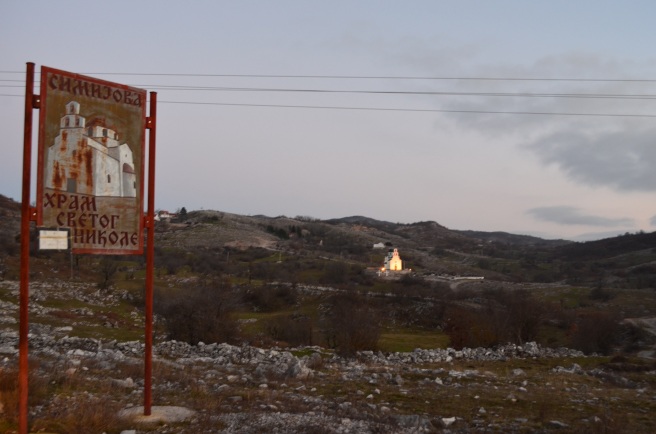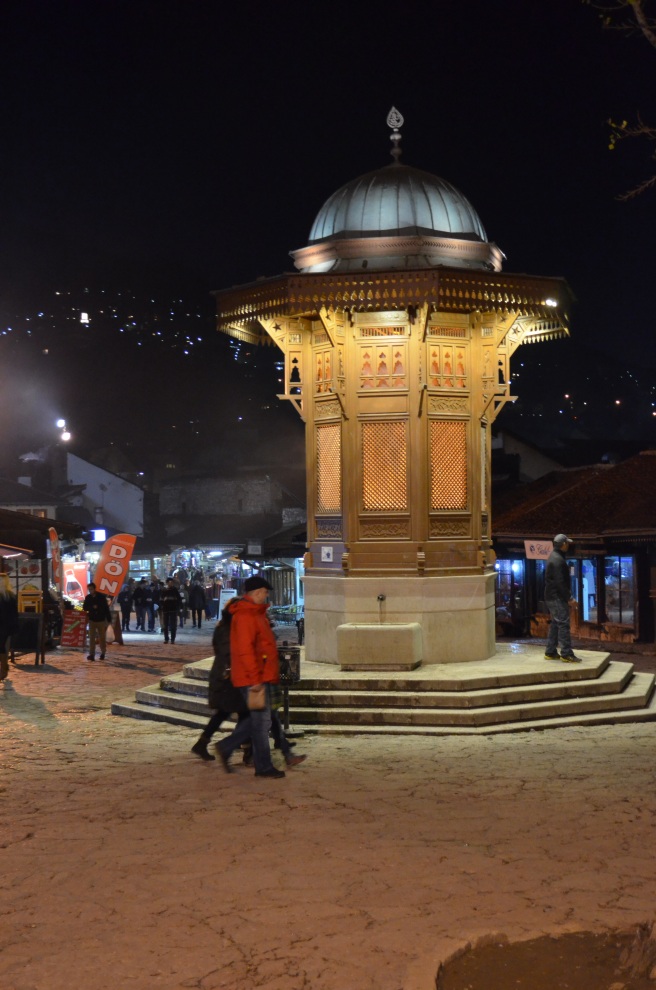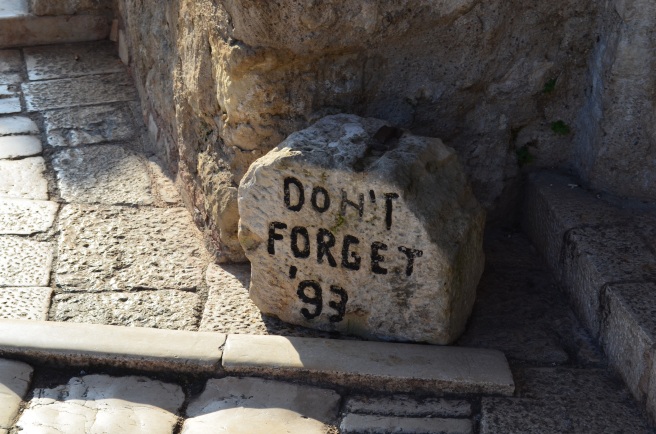We came to Eastern Europe for an adventure – and adventure we have found.
Picture: Some of my favorite samples of all too frequent street art/graffitti on any free surface in BiH
First stop from Sarajevo to Kotor Bay (Montenegro) was in the town of Mostar.
Pictured above is ‘Stari Most’ or the Old Bridge, BiH’s most iconic symbol. Built in the 15th century by Ottoman architect Sinan, it was sadly destroyed during the 1990s conflict along with ‘Stari Grad’ or old town.
As you can see the structure has been rebuilt along with the winding, all pedestrian market area of Stari Grad. We wandered the streets past the bridge to a historic mosque. For $2 you can enter the mosque and wander into the courtyard for fantastic views of this UNESCO heritage site.
Exiting Bosnia through the Dinaric Mountain range, we were about to get our first taste of Balkan back roads (little did I know this was just the start of our off-roading experience). Following our trusty GPS, we turned onto our 5 mile (which actually turned into 20 miles) unpaved, single lane mountain pass.
What may not be apparent in the above photos is the 100ft drop on the other side of the car. No safety rails. If another car came, you simply had to wait until there was a patch of road big enough to scoot over and then play chicken on who was going to go first.
I think probably the best part of this drive – other than the obvious views through the mountain side and untouched local villages – was my husbands reaction when initially turning onto this path. To quote “Nahh…No Way.” “Well it says turned onto the ‘unpaved path’ ” , my reply. Luckily a blue truck also turned onto the same path so we shrugged and started the most eventful drive we’ve had in our trip. Humorisly, Albanian roads are 10 times worse than our 1 way mountain pass and we have since never doubted the need to turn onto dirt paths to get to our final destination.
Is driving recommended in the Balkans? Hell yes. Just prepare yourself (and rent a car).
















